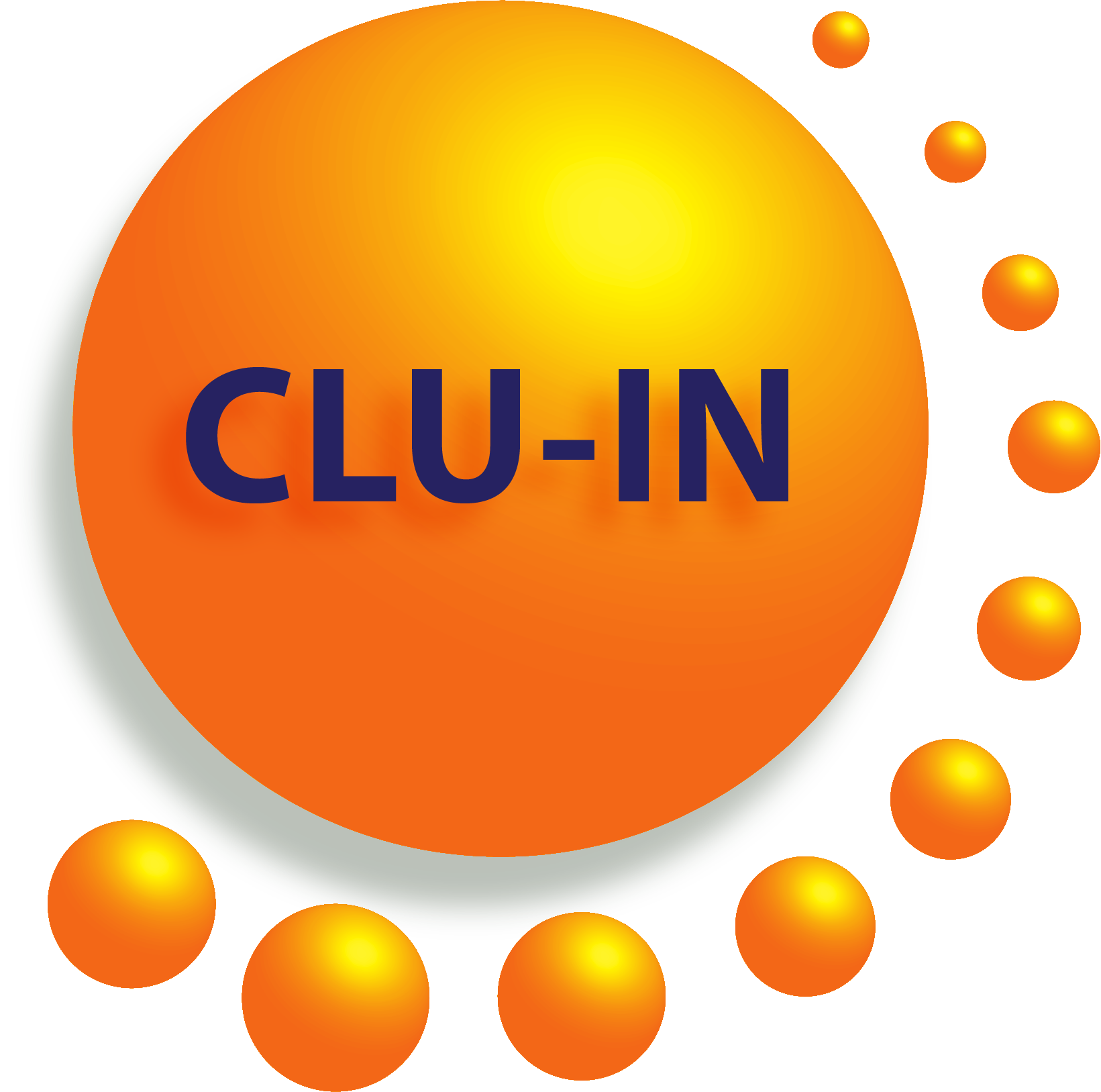Correcting Some Misconceptions about EPA's Superfund Approach for Radiation Risk Assessment
Sponsored by: U.S. EPA OLEM OSRTI ARD Science Policy Branch
The U.S. Environmental Protection Agency (EPA) Office of Superfund Remediation and Technology Innovation (OSRTI) has primary responsibility for implementing the remedial long-term (non-emergency) portion of a key U.S. law regulating cleanup: the Comprehensive Environmental Response, Compensation and Liability Act, CERCLA, nicknamed "Superfund." The Superfund program generally addresses radioactive contamination in a consistent manner as it addresses chemical contamination, except where there are technical differences between radionuclides and other chemicals. For example, cleanup levels for radioactive contamination at sites are generally expressed in terms of risk levels (e.g., 10-4), rather than millirem or millisieverts, as a unit of measure. Although EPA and other US agencies have issued millirem-based regulations under other statutory authorities, under CERCLA EPA promulgated a risk range of 10-4 to 10-6 as a standard of protectiveness for all carcinogens including radionuclides. CERCLA guidance recommends the use of slope factors when estimating cancer risk from radioactive contaminants, rather than converting from millirem. Current slope factors are based on risk coefficients in Federal Guidance Report 13. The Superfund remedial program uses 10-6 as a point of departure and establishes Preliminary Remediation Goals (PRGs) at 1 x 10-6. PRGs not based on other environmental standards known as Applicable or Relevant and Appropriate Requirements (ARARs) are risk-based concentrations, derived from standardized equations combining exposure information assumptions with EPA toxicity data. The policy rationale and technical underpinnings for this risk management approach is often misunderstood by radiation professionals. This presentation will help clarify some of these misunderstandings by focusing on misstatements about the Superfund approach that the author has encountered from radiation professionals. Often, they are citing the wrong EPA documents or portions of documents incorrectly, or not reading sections of the correct Superfund guidance.
 Stuart Walker, U.S. EPA Office of Superfund Remediation and Technology Innovation (walker.stuart@epa.gov)
Stuart Walker, U.S. EPA Office of Superfund Remediation and Technology Innovation (walker.stuart@epa.gov)
Stuart Walker has been employed by U.S. EPA in Washington, DC since 1990 in either the Superfund program (the Office of Superfund Remediation and Technology Innovation) or the Office of Radiation and Indoor Air working on issues regarding the cleanup of contaminated sites. His primary area of responsibility includes serving as the Superfund program's national lead on issues regarding radioactively contaminated CERCLA sites. In this role, Stuart develops national policy for risk assessment including models, community involvement, compliance with Applicable or Relevant and Appropriate requirements (ARARs), establishing cleanup levels and management of radioactive contamination at CERCLA sites.
Moderator:
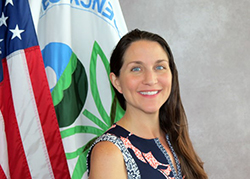 Jean Balent, U.S. EPA Technology Innovation and Field Services Division (balent.jean@epa.gov or 202-566-0832)
Jean Balent, U.S. EPA Technology Innovation and Field Services Division (balent.jean@epa.gov or 202-566-0832)
Ms Balent is on the staff of the EPA's Technology Innovation and Field Services Division where she has worked to collect and disseminate hazardous waste remediation and characterization information since 2003. Ms Balent manages the Clean Up Information Network website and actively supports online communication and collaboration resources available to EPA. She formerly worked with the US Army Corps of Engineers Environmental Engineering Division in the Buffalo District. Ms Balent was also a member of the SUNY-Buffalo Groundwater Research Group where she constructed and tested large scale models of groundwater flow. Ms Balent has also conducted research relating to the Great Lakes, environmental remediation, and brownfields re-development. She holds a Bachelor's degree in environmental engineering from SUNY-Buffalo and a Master's degree in Information Technology from AIU.
Webinar Slides and References:
Additional Resources:
- Background paper for January 31, 2024, CLUIN Webinar
- "Federal Guidance Report No. 13: Cancer Risk Coefficients for Environmental Exposure to Radionuclides"U.S. EPA Office of Air and Radiation. September 1999
- "The Presidential/Congressional Commission on Risk Assessment and Risk Management Final Report. Volume 1" 1997.
- "The Presidential/Congressional Commission on Risk Assessment and Risk Management Final Report. Volume 2" 1997.
- “Evaluation of Guidelines for Exposures to Technologically Enhanced Naturally Occurring.” The National Academy of Science. 1999.
- "Commentary on Harmonizing Chemical and Radiation Risk-Reduction Strategies" EPA Science Advisory Board (SAB) Radiation Advisory Committee (RAC), 1992.
- "A Method for Estimating Radiation Risk from Total Effective Dose Equivalent (TEDE)" The Interagency Steering Committee on Radiation Standards (ISCORS). 2002.
- "Guidance on the Development, Evaluation, and Application of Environmental Models" US Environmental Protection Agency, EPA/100/K-09/003 | March 2009.
- "Soil Screening Guidance: User's Guide." U.S. EPA, EPA540/R-96/018, July 1996.
- "Soil Screening Guidance for Radionuclides: User's Guide." U.S. EPA, OSWER No. 9355.4-16A, October 2000.
- "Role of the Baseline Risk Assessment in Superfund Remedy Selection Decisions." U.S. EPA, OSWER Directive9355.0-30, April 22, 1991.
- “Soil Screening Guidance: Technical Background Document.” U.S. EPA, EPA/540/R-96/128
- "Soil Screening Guidance for Radionuclides: Technical Background Document."
- "Radiation Risk Assessment At CERCLA Sites: Q&A." U.S. EPA, EPA 540-R-012-13, May 2014.
- "Consolidated Decommissioning Guidance: Characterization, Survey, and Determination of Radiological Criteria." NRC. NUREG-1757, Volume 2, Revision 2. July 2022
- "Framework strategy for dealing with radioactive contamination arising from the circumstances surrounding the death of Alexander Litvinenko" City of Westminster, United Kingdom.
- "Sources, Effects, and Risks of Ionizing Radiation" United Nations Scientific Committee on the Effects of Atomic Radiation UNSCEAR 2012 Report to the General Assembly with Scientific Annexes.
- Executive Order (EO) 12866 "Regulatory Planning and Review", September 30, 1993
- E.O. 13563 "Improving Regulation and Regulatory Review", January 18, 2011
Thank you for participating in our webinar. We would like to receive any feedback you might have that would make this service more valuable.
Help & FAQs
- Frequently Asked Questions
- Content Questions?
Call Stuart Walker at 202-566-1148 or walker.stuart@epa.gov - Technical Problems?
Leave us a comment - Cancel Your Registration
- My Participation Records
- CEU Credits and PDHs
Zoom Resources
Before Webinar Day
This seminar will be delivered through Zoom. Participants are encouraged to update to the latest version of the Zoom application for the best experience.
If you are unable to install the Zoom application, most functions will be available if you join just using a modern web browser such as Chrome, Edge or Firefox. We strongly encourage you to run the Zoom Meeting Test prior to attending this webinar. Technical support on the day of the webinar will be very limited and subject to significant delays.
Backup Conference Call
If you cannot participate using online audio, you may join the optional call in line. After checking in for the live event using the instructions listed below, you will see several options to participate. Please click the links in option 4 to follow along by phone and obtain the call in number. If you cannot access the phone number, you may request the call in line from the event moderator in the Q&A or send an email to Jean Balent at balent.jean@epa.gov
Click on "Join Webinar" at the top of this screen, enter your exact first and last name as you registered and enter the number of people attending at your location (including yourself). You should then be taken to the Zoom meeting room. Join with Zoom Application: For those joining with the Zoom application, you may be prompted to sign with a zoom account or join as a guest without signing in.
If joining as a guest, you will be prompted to enter your name and email address. Remember your name, image, video or voice may be visible to others in the live event. When done, click "Join" When it is time for the live event to start, the meeting host will admit you to the live Zoom meeting. Join via web browser (without the Zoom Application): For those joining with a web browser, you may close any pop ups prompting you to download the Zoom app. The next window will allow you to enter your name (first name and last name) and check the box that you are not a robot. Click the blue join button. You may also be asked to provide your email address before joining the room. Remember your name, image, video or voice may be visible to others in the live event. When done, click "Join" When it is time for the live event to start, the meeting host will admit you to the live Zoom meeting. You may need to periodically refresh the browser window to confirm if the host has admitted you. The presenters will control what slide you are viewing. You may submit questions online for the instructors to answer during the webinar by typing in the "Q&A" area. It is not necessary to wait until the question and answer periods to submit questions. At the end of the webinar you will be guided to our feedback form and links to additional resources, including the complete presentation. These links will remain active after the webinar. Provided for your convenience. Importing or accepting the invitation within this iCalendar file is not required, and declining the invitation does not cancel your registration. For additional information on iCalendar, please see our
iCalendar Help It is EPA's policy to make reasonable accommodation to persons with disabilities wishing to participate in the agency's programs and activities, pursuant to the Rehabilitation Act of 1973, 29 U.S.C. 791. Any request for accommodation should be made to at or , preferably one week or more in advance of the webinar, so that EPA will have sufficient time to process the request. EPA would welcome specific recommendations from requestors specifying the nature or type of accommodation needed. EPA welcomes specific recommendations from requestors specifying the nature or type of accommodation needed. Please note that CLU-IN provides both alternate phone call-in options and closed captioning for all webinars, and requests for these specific accommodations are not necessary.
Webinar Day, Checking In
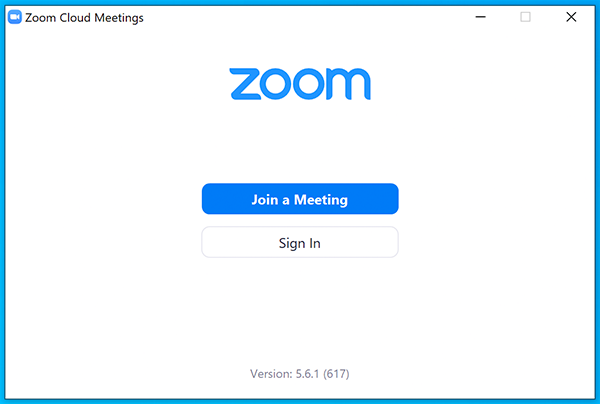
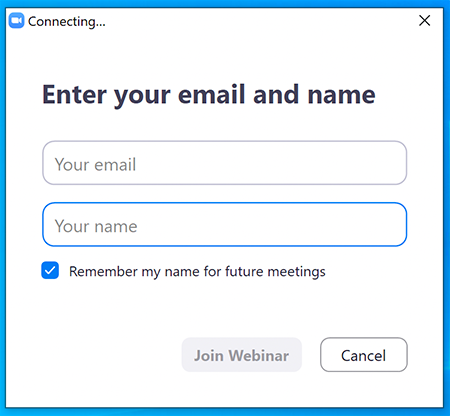
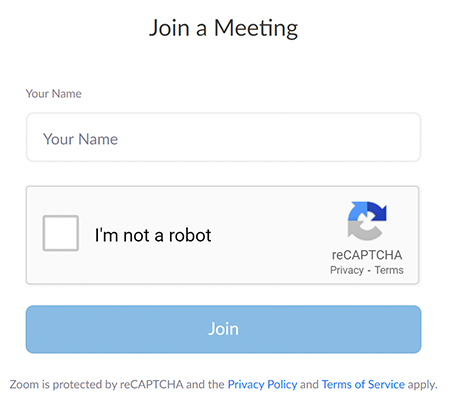
Moving Through Slides
Feedback & Links to Additional Resources
iCalendar File
Rehabilitation Act Notice for Reasonable Accommodation
Rehabilitation Act Notice for Reasonable Accommodation
It is EPA's policy to make reasonable accommodation to persons with disabilities wishing to participate in the agency's programs and activities, pursuant to the Rehabilitation Act of 1973, 29 U.S.C. 791. Any request for accommodation should be made to at or , preferably one week or more in advance of the webinar, so that EPA will have sufficient time to process the request. EPA would welcome specific recommendations from requestors specifying the nature or type of accommodation needed. EPA welcomes specific recommendations from requestors specifying the nature or type of accommodation needed. Please note that CLU-IN provides both alternate phone call-in options and closed captioning for all webinars, and requests for these specific accommodations are not necessary.
Webinar Recording
By participating in this CLU-IN webinar, you automatically agree to authorize recording of audio and visual content presented during this live event and consent to subsequent use of this recording in the public domain by the U.S. Environmental Protection Agency. This recording may include questions, comments and poll responses provided by you during the live event in addition to your name, voice, image or likeness. This recording will be made available after the conclusion of the live event as part of the CLU-IN webinar archives, and will remain available indefinitely. If you do not wish to consent to the recording, please do not join the live event, and contact Jean Balent at 202-566-0832 or balent.jean@epa.gov to discuss your concerns.
Content Disclaimer
This webinar is intended solely to provide information to the public. The views and opinions expressed as part of this webinar do not necessarily state or reflect those of the U.S. Environmental Protection Agency. It is not intended, nor can it be relied upon, to create any rights enforceable by any party in litigation with the United States, or to endorse the use of products or services provided by specific vendors. With respect to this webinar, neither the United States Government nor any of their employees, makes any warranty, express or implied, including the warranties of merchantability and fitness for a particular purpose, or assumes any legal liability or responsibility for the accuracy, completeness, or usefulness of any information, apparatus, product, or process disclosed, or represents that its use would not infringe privately owned rights.

